Manual vs Software Courier Management: A Comprehensive Comparison
In the fast-paced logistics industry, efficiency is key. Businesses dealing with couriers face a critical decision: Should they rely on traditional manual processes or switch to automated courier software? Understanding the difference between manual vs software solutions is crucial for cost-effective and streamlined management.
The courier manual process involves paper-based tracking, handwritten logs, and human oversight, which increases the chances of errors, delays, and mismanagement. On the other hand, the benefits of courier software over manual tracking include automation, real-time tracking, reduced human errors, and improved operational efficiency.
This blog compares manual vs software courier management, highlighting their pros and cons to help businesses make informed decisions. By the end, you'll understand why shifting to software-based courier solutions can significantly enhance efficiency and accuracy.
Manual Courier Management: The Traditional Approach
For decades, manual courier management has been the standard approach for handling logistics operations. While many businesses have adopted automated solutions, some still rely on traditional methods like spreadsheets, paperwork, phone calls, and physical documentation. Though this approach may seem manageable for small-scale operations, it poses significant challenges as the business grows.
How Manual Courier Management Works
1. Order Entry & Processing
- Orders are manually recorded on paper logs, spreadsheets, or basic databases
- Order details such as sender information, recipient details, parcel weight, and delivery address are entered manually
- Errors in data entry can result in incorrect deliveries, leading to customer dissatisfaction
2. Task Assignment to Couriers
- Dispatchers manually assign delivery tasks to drivers based on availability, location, and workload
- The assignment process often involves phone calls or in-person coordination, increasing the risk of miscommunication
- Without an automated system, businesses struggle to optimize route efficiency and resource allocation
3. Tracking Shipments Manually
- Orders are tracked using phone calls, text messages, or handwritten logs
- There is no real-time tracking system, making it difficult to provide accurate delivery status to customers
- If a package is lost or delayed, businesses rely on courier updates, often causing frustration for both sellers and buyers
Challenges of Manual Courier Management
1. Time-Consuming Processes
- Repetitive manual data entry slows down operations
- Order processing takes longer, leading to delays in dispatching and delivering shipments
- Businesses with high order volumes struggle to scale efficiently using manual processes
2. Higher Chances of Human Errors
- Incorrect addresses leading to failed deliveries
- Duplicate orders causing confusion and extra costs
- Lost or misplaced documentation, resulting in billing disputes
3. Limited Tracking & Visibility
- Lack of real-time order tracking capabilities
- Difficulty in providing accurate ETAs to customers
- Inefficient handling of customer inquiries
Courier Software: The Future of Logistics Management
Courier software is transforming the logistics industry by automating every aspect of the traditional courier management process. By integrating AI, real-time tracking, and automated processes, courier software enhances efficiency, accuracy, and cost-effectiveness.
Benefits of Courier Software
- Real-time tracking and transparency
- Automated order processing and assignment
- Reduced operational costs
- Enhanced customer satisfaction
- Improved data security and compliance
- Scalable operations for business growth
How ITD Software Can Help
ITD Software provides comprehensive courier management solutions that help businesses transition from manual to automated processes. Our software offers:
- Automated order processing and tracking
- Real-time GPS tracking and monitoring
- Route optimization and smart delivery assignment
- Digital proof of delivery
- Analytics and reporting tools
- Cloud-based secure data storage
Conclusion
The benefits of courier software over manual tracking are clear. While manual processes may work for small operations, they lack the efficiency and scalability needed in today's competitive market. By choosing ITD Software, businesses can streamline their operations, reduce costs, and improve customer satisfaction.
Ready to transform your courier operations? Contact ITD Software today to learn more about our innovative solutions!




